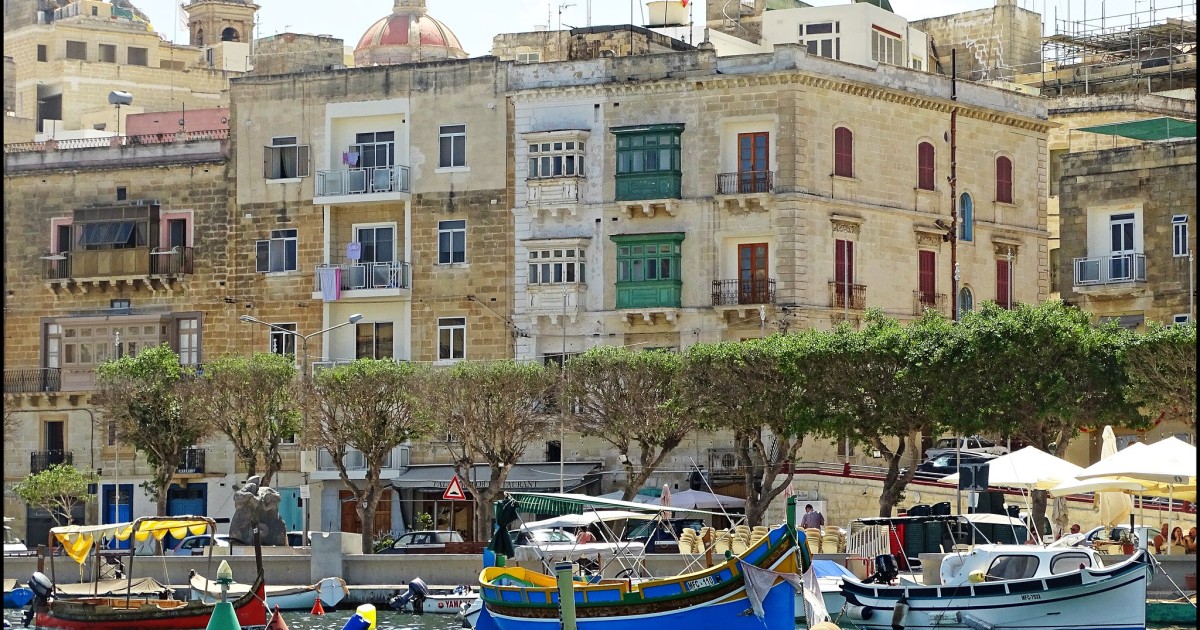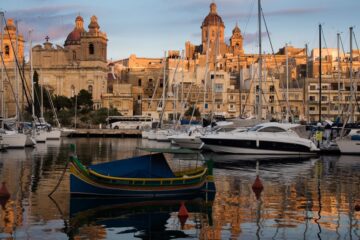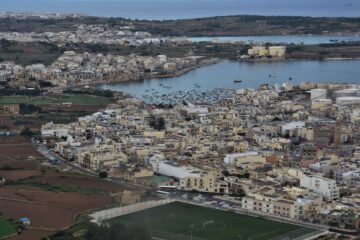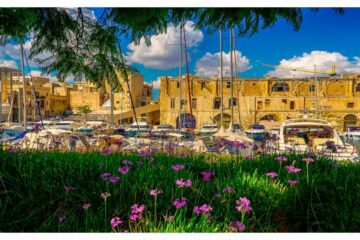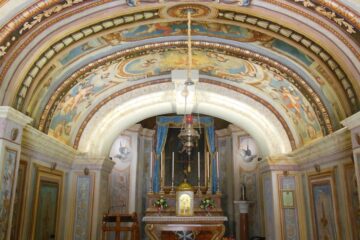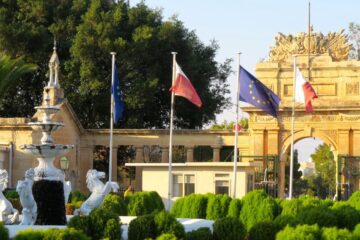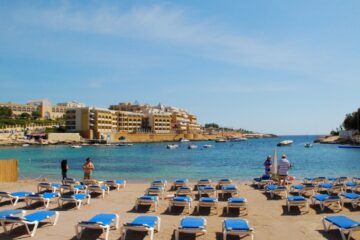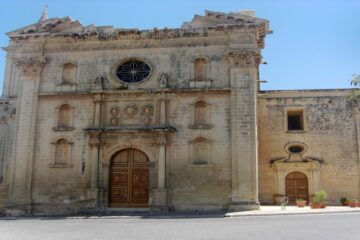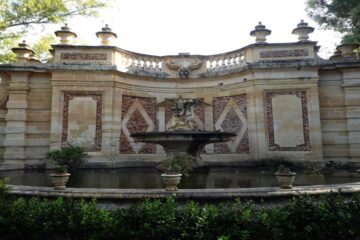Birgu is a fortified city in Malta, located on the southeastern coast of the island. It was originally known as Città Vittoriosa, meaning ‘Victorious City’ in Italian, and served as the home of the Order of St. John for over 200 years. Birgu has a rich history that spans centuries, with its origins dating back to antiquity. During the Renaissance period, it became an important hub for trade and commerce throughout the Mediterranean region. Additionally, it was a major shipbuilding center during the 16th and 17th centuries and remained a walled city until well into the 19th century. Throughout its long history, Birgu has been home to many prominent figures in Maltese history, and today it is recognized as a UNESCO World Heritage Site. Let’s discover the most interesting facts about Birgu in Malta!
Birgu was originally called Città Vittoriosa, which means “Victorious City” in Italian
Città Vittoriosa, meaning ‘Victorious City‘ in Italian, was given as the original name for Birgu in Malta after its successful defense against the Ottoman Turks during the Great Siege of Malta in 1565. This remarkable feat earned them the nickname ‘the unsinkable city’ by their enemies. Birgu quickly became a symbol of freedom and resilience for those living on the island and beyond. It is no surprise that Birgu served as the home to the Order of St. John for over 200 years, an organization dedicated to defending Christianity and providing assistance to those in need.
Birgu was the home of the Order of St. John for over 200 years
The Order of St. John maintained its headquarters in the important Maltese city of Birgu for more than two centuries, providing a legacy of spiritual and social devotion to the region. During this time, Birgu was a major shipbuilding center in the Mediterranean, producing ships used by the Order’s navy during the 16th and 17th centuries. The Order also built several fortifications around Birgu that provided protection against any invading forces. These structures are now considered to be some of Malta’s most impressive heritage sites. Additionally, the Order established numerous charitable organizations throughout Birgu that helped care for those in need while promoting Christian values amongst its citizens. As such, Birgu became an important center for both religion and commerce during this period of history.
Birgu was a major shipbuilding center in the Mediterranean during the 16th and 17th centuries
Birgu’s shipyards were renowned for producing some of the most advanced vessels in the Mediterranean during the 16th and 17th centuries, which provided a significant boost to the Order of St. John’s naval capabilities. During this period, Birgu was not just a center for military might but also a major hub of trade and commerce. The town was equipped with state-of-the-art facilities, including foundries that could produce cannons and other armaments, as well as warehouses that held a variety of goods from around Europe. Furthermore, Birgu was home to skilled laborers who had expertise in seafaring techniques and sailing navigation.
This enabled the city to become a major trading port in its own right, allowing merchants from all over Europe to bring their wares into Birgu and exchange them for local products or even services such as shipbuilding repairs or dry dock services. As such, Birgu became an important node in the maritime trading networks of the Mediterranean during this time, further solidifying its position as an essential port city on Malta’s southeast coast.
Birgu was also a major center of trade and commerce during the Renaissance
During the Renaissance, Birgu served as a bustling hub for trade and commerce, drawing merchants from across Europe to its port. It was a major trading center for goods such as silk, spices, wine, and olive oil. The town’s strategic location in the Mediterranean Sea allowed it to be a gateway between North Africa and Europe. Merchants from all over the world came to take advantage of this access to new markets and goods. This influx of traders brought wealth to Birgu, which helped sustain its economy throughout the period. This flourishing commerce also enabled Birgu to become a center of culture within Europe during the Renaissance era, with its grand churches and palaces being a testament to this fact. As such, Birgu was an important part of Mediterranean history during this time period that profoundly shaped many aspects of life in Malta until modern times.
Birgu was a walled city until the 19th century
Surrounded by imposing walls, Birgu was an impregnable fortress during the Renaissance, providing a sense of security and protection for its inhabitants. The fortifications were so well-built that they withstood the Ottoman Turks’ bombardment for over three months. Until the 19th century, Birgu was surrounded by thick walls, which had been erected in the 16th century to protect it from attacks. This impressive defensive structure kept its inhabitants safe from outside forces and provided a secure place to live. Despite being walled off from the rest of Malta, Birgu served as an important center of trade and commerce throughout the Renaissance. Its strategic location made it an ideal hub for merchants transporting goods across different parts of Europe. With its strong defenses and bustling commercial activity, Birgu was truly a remarkable city in Malta’s history. Next, we will look at how this special city was home to a number of notable figures in Maltese history.
Birgu was home to a number of notable figures in Maltese history
Birgu was a walled city until the 19th century, when it began to be transformed into an open city. However, throughout its history, Birgu has been home to a number of notable figures in Maltese history. Some of these include:
- Jean de Valette, the Grandmaster of the Order of St. John, oversaw the rebuilding of Valletta after the Great Siege
- Miguel de Cervantes, the Spanish author who wrote Don Quixote while he was imprisoned in Birgu
- The Knights Hospitaller established its headquarters in Birgu for centuries and left behind many impressive fortifications that are still standing today.
The historical significance of Birgu goes beyond its association with these famous individuals; it is also a UNESCO World Heritage Site, noted for its impressive architecture and cultural importance to Malta’s identity.
Birgu is a UNESCO World Heritage Site
Recognized for its impressive architecture and cultural importance, Birgu stands proudly as a UNESCO World Heritage Site. The town features numerous fortifications, charming streets, and various historical sites, all worthy of exploration. Its well-preserved structures are a testament to its rich history, making it an ideal destination for visitors to the island.
Birgu was declared a World Heritage Site by UNESCO in 1980 due to its significance in both Maltese and European history. It is one of the earliest inhabited places on the island, with records dating back to prehistory. Throughout its long history, Birgu has been home to a number of influential figures in Maltese culture, such as Grand Master Jean Parisot de la Vallette and National Hero Dun Mikiel Xerri. As such, it is an important symbol of Malta’s national heritage that draws locals and tourists alike throughout the year.
Frequently Asked Questions
In the 16th and 17th centuries, Birgu was a major shipbuilding center in Europe. Naval galleys, merchant ships, and warships were built there for various countries. The ships were renowned for their quality and durability, making them highly sought after by many naval powers of the time.
The Order of St. John had a strong influence on the culture of Birgu, including their development of religious and military structures. They also brought with them numerous cultural traditions, which added to the vibrant atmosphere in Birgu throughout the 16th and 17th centuries that still continues today.
Birgu’s rich history, which includes its role as a strategic fortress and its strong ties to the Order of St. John, led to its designation as a UNESCO World Heritage Site in 1980. This status recognizes the unique cultural identity and well-preserved architecture of this historic city.
In the 19th century, Birgu’s walls were destroyed due to a combination of military expansion and urban renewal projects. These efforts sought to modernize the city, with new roads and public spaces replacing the old fortifications.
Notable figures associated with Birgu have made significant contributions to Maltese history, such as Grand Master Jean de Valette’s leadership during the Siege of 1565 and Dr. Joseph Ellul Mercer’s restoration efforts in the 19th century. They remain celebrated to this day.
Conclusion
Birgu is an important part of Malta’s history and culture. It was once a walled city, home to the Order of St. John for over 200 years and a major shipbuilding center in the Mediterranean during the 16th and 17th centuries. Birgu also played a key role in trade and commerce during the Renaissance. Today, it is a UNESCO World Heritage Site, with many historical sites to explore, such as old fortifications, churches, palaces, and gardens. Through its various functions throughout history, Birgu left an indelible mark on Malta’s culture that will last for generations to come.

